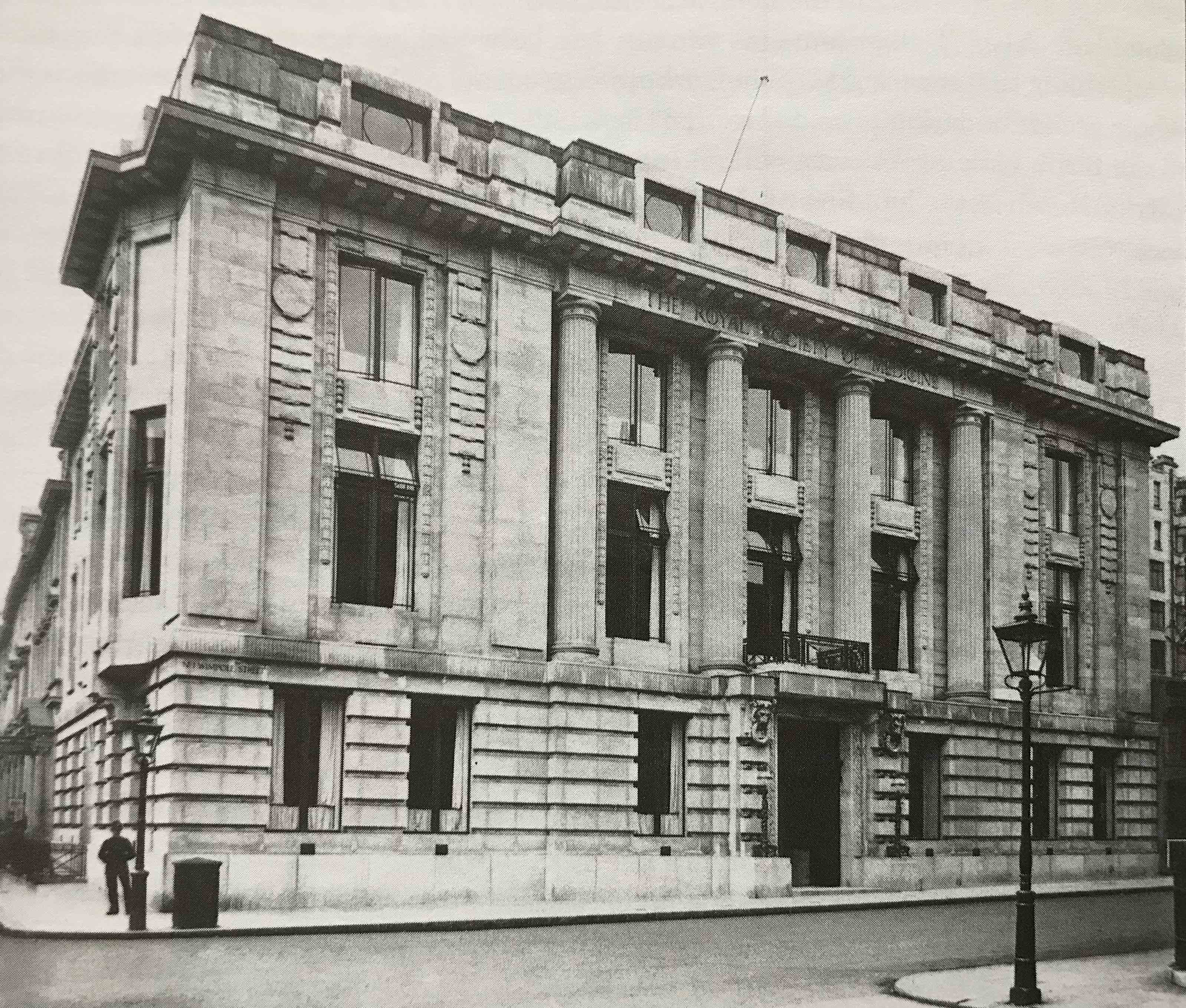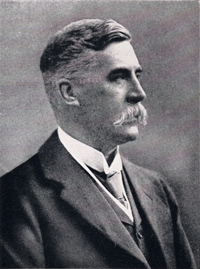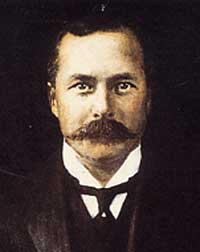The first UK urological association, formed in 1920
At the turn of the 19th century, there were many medical societies in London  and, for many years, moves were made to amalgamate some for bothpractical and financial reasons. Finally, in 1907, the Royal Society of Medicine (RSM) was formed from the Royal Medical and Chirurgical Society of London, the Pathological Society of London, the Epidemiological Society, the Odontological Society of Great Britain, the Obstetrical Society of London, the Clinical Society of London, the Dermatological Society of London, the British Gynaecological Society, the Neurological Society of the United Kingdom, the British Laryngological, Rhinological and Otological Association, the Laryngological Society of London, the Dermatological Society of Great Britain and Ireland, the British Electro-Therapeutic Society, the Therapeutic Society and the Otological Society of Great Britain; they were re-formed into 13 Sections within the new RSM.
and, for many years, moves were made to amalgamate some for bothpractical and financial reasons. Finally, in 1907, the Royal Society of Medicine (RSM) was formed from the Royal Medical and Chirurgical Society of London, the Pathological Society of London, the Epidemiological Society, the Odontological Society of Great Britain, the Obstetrical Society of London, the Clinical Society of London, the Dermatological Society of London, the British Gynaecological Society, the Neurological Society of the United Kingdom, the British Laryngological, Rhinological and Otological Association, the Laryngological Society of London, the Dermatological Society of Great Britain and Ireland, the British Electro-Therapeutic Society, the Therapeutic Society and the Otological Society of Great Britain; they were re-formed into 13 Sections within the new RSM.
The Medical Society of London was not one of the 15 to join; they had refused because of rumours of financial instability. This was a shame as it was hoped to join their two substantial libraries, as well as their two London properties.
The Urology Section of the RSM
 In 1913, Hurry Fenwick (left), a surgeon at the London Hospital with an interest in urology, attempted to form a urology section within the RSM. It was suggested urology form a sub-section of the surgical section along with orthopaedics and proctology but an initial lack of momentum and the intervention of the First World War put a halt to that.
In 1913, Hurry Fenwick (left), a surgeon at the London Hospital with an interest in urology, attempted to form a urology section within the RSM. It was suggested urology form a sub-section of the surgical section along with orthopaedics and proctology but an initial lack of momentum and the intervention of the First World War put a halt to that.
After the Great War, Walter Spencer, President elect of the RSM surgical section, looked once again at urology. A sub-committee was formed in 1919 and, in 1920, urology was given the status of a full section of the RSM.
The first meeting was on 17 March and the first president was Sir Peter Freyer (below right). In his presidential address he mapped out the vast advances in urology over the previous 45 years. He also made it quite clear that he was a little surprised that not only had urology been recognised as a speciality, but that it had been granted significant status with a full section marking a “healthy advance of the surgical world in England [at urology being a distinct speciality]”. Pushing the point a little, he noted that this was already the case in “every other country”. Freyer felt the section would create a “healthy and friendly rivalry” between urologists, allowing them to co-ordinate their work leading to a “favourable influence in continuing the progress of [urology in] recent years”.
 Freyer was correct: the RSM urology section became the focus of British urological practice. As well as the annual President’s address, there was a meeting of short papers on the medical and surgical aspects of urological disease, a clinico-pathological meeting and one meeting a year to be held outside of London.
Freyer was correct: the RSM urology section became the focus of British urological practice. As well as the annual President’s address, there was a meeting of short papers on the medical and surgical aspects of urological disease, a clinico-pathological meeting and one meeting a year to be held outside of London.
The early presidents of the section included physicians with an interest in urological conditions (Sir Thomas Horder in 1921 & Sir Walter Langdon-Brown in 1923) and pathologists (Cuthbert Dukes in 1956 & Roger Pugh in 1976) as well as urologists. Presidents came from hospitals outside London including Scotland (Sir Henry Wade in 1937) and Wales (TE Hammond in 1940). It was perhaps for this reason that no national British urology society was formed until 1945 because, although heavily London influenced, the RSM Urology Section fulfilled its purpose very well.
The Urology Section continues to provide high quality education for urologists today and works closely with BAUS to do so.
Past Presidents RSM website RSM on X
← Back to Royal Society of Medicine Section of Urology